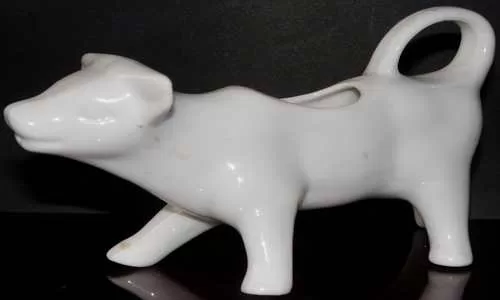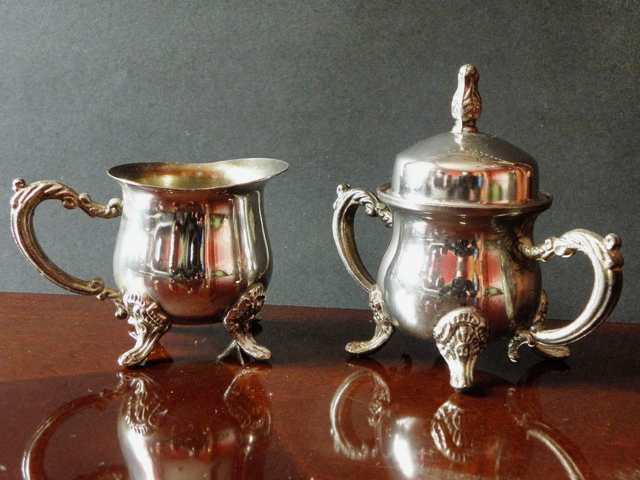The Dairy Chronicles: From Milk Jugs to Genetic Evolution
In the realm of milk jugs, an exploration unfolds—diving into historical forms, cultural symbolism, and the quirky world of cow-shaped creamers. The journey traverses literature, from Wodehouse’s comedic plot twists to the vast array of cow creamers showcased on Craig’s Cow Creamers website. Beyond the whimsy lies a profound exploration of milk itself, delving into lactose persistence, genetic evolution, and the unique relationship humans share with this liquid sustenance.
The world of milk jugs is as diverse as the hands that craft them. From the small EPNS set of jug and sugar bowl with a vaguely Georgian feel to the modern, plain white ceramic ones, each tells a story. The cow-shaped creamers, popularized by Dutch silversmith John Schuppe in the 18th century, have become iconic, transcending their initial use for cream and finding a place in literary plots, such as in P. G. Wodehouse’s “The Code of the Woosters.”
The cultural significance of tea and the advent of China tea in England during the 17th century added a unique layer to the history of milk and cream. While silver cow creamers found favor with the gentry, humbler households embraced cheaper ceramic versions. The ongoing popularity of these creamers underscores their timeless appeal, with modern variations readily available.

Transitioning from the whimsical world of milk jugs, the article delves into the fundamental nature of milk itself. Milk, produced by female mammals to nourish their young, is a defining characteristic of mammals. Humans, however, stand apart as the only mammals to continue consuming milk beyond infancy. The evolutionary puzzle of lactose persistence takes center stage, exploring the genetic trait that allows some populations to digest lactose into adulthood.
Lactose persistence, a relatively recent adaptation within the last 10,000 years, intertwines with cultural practices of animal husbandry. In regions where animals were kept for dairy, lactose persistence became prevalent, leading to gene-culture co-evolution. Northern Europe’s tradition of cattle, sheep, and goat husbandry contrasts with cultures like China and Japan, where lactose intolerance remains the norm due to the absence of dairy traditions.
Conclusion:
The article, traversing the whimsical and the scientific, unfolds the tale of milk jugs and the cultural, historical, and genetic facets of milk consumption. From cow-shaped creamers gracing literature to the intricate dance of lactose persistence, this narrative explores the rich tapestry woven around a simple liquid that has played a vital role in human evolution.

